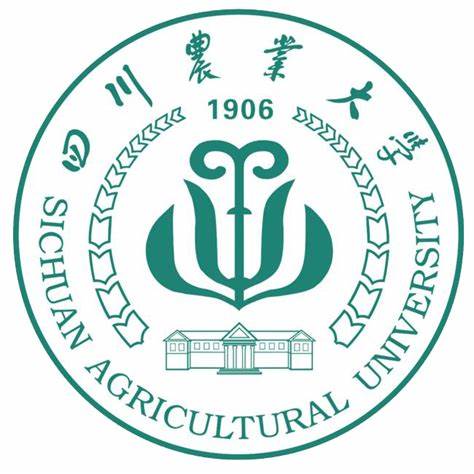Overexpression of TdNACB improves the drought resistance of rice
作者: 刁圣轩 审稿人:魏育明 时间: 2024-10-30 点击次数:次
https://www.sciencedirect.com/science/article/pii/S0981942824008258?via%3Dihub
Plant Physiology and Biochemistry,Volume 216, November 2024, 109157
FangyiGongab1,TianZhanga1,YusenLua1,VeluGovindanc,RuiqinLiua,JiaLiua,XiangquanWangd,DengcaiLiua,YouliangZhenga,LinHuanga,BihuaWu
Highlights
Drought stress greatly affects disrupts the productivity, ecological structure, physiological and biochemical activities of wheat at different growth stages. However, drought stress tolerance is a complex quantitative trait and involves multiple metabolic pathways.We found that a wild emmer introgression line wheat BAd7-209 had stronger drought resistance compared with drought resistant wheat Zhongmai 175 (ZM175). The transcriptome analysis found that 14,284, 22,383 and 21,451 genes had expression corresponding to drought stress at 24h, 48h, 120h, respectively and significantly enriched in ‘Arginine and proline metabolism’ and ‘Peroxisome’ in BAd7-209 in whichTdNACBshowed high expression under drought stress and had the closest relationship withTaNAC48andOsNAC6in phylogenetic analysis.Overexpression ofTdNACBsignificantly enhanced drought resistance in rice and overexpression lines had significantly higher CAT, POD and SOD activity, Pro content and lower MDA content than those of the WT under drought stress. These results demonstrated thatTdNACBpositively regulates wheat drought resistance by increasing proline content and enhancing activity of enzyme related to ROS scavenging. Our study not only provides candidate genes for improving wheat drought resistance, but also serves as reference for studying the molecular mechanisms of wheat drought resistance.
Abstract
Drought stress greatly affects disrupts the productivity, ecological structure, physiological and biochemical activities of wheat at different growth stages. However, drought stress tolerance is a complex quantitative trait and involves multiple metabolic pathways. We found that a wild emmer introgression line BAd7-209 had stronger drought resistance compared with drought resistant wheat Zhongmai 175. The transcriptome analysis found 14,284, 22,383 and 21,451 genes had expression corresponding responsed to drought stress at 24h, 48h, 120h, respectively and significantly enriched in ‘Arginine and proline metabolism’ and ‘Peroxisome’ in BAd7-209. 1666 transcription factors (TFs) related responsed to drought stress in whichTdNACBshowed high expression at 24h, 48h and 120h and had the closest relationship withTaNAC48andOsNAC6in phylogenetic analysis. Overexpression ofTdNACBsignificantly enhanced drought resistance in rice and overexpression lines had significantly higher CAT, POD and SOD activity, Pro content and lower MDA content than those of the WT under drought stress. The result demonstrated thatTdNACBpositively regulates drought resistance through increasing proline content and enhancing activity of enzyme related to ROS scavenging. The results of this study provides candidate genes for improving wheat drought resistance and guide as reference for studying the molecular mechanisms of wheat drought resistance.


